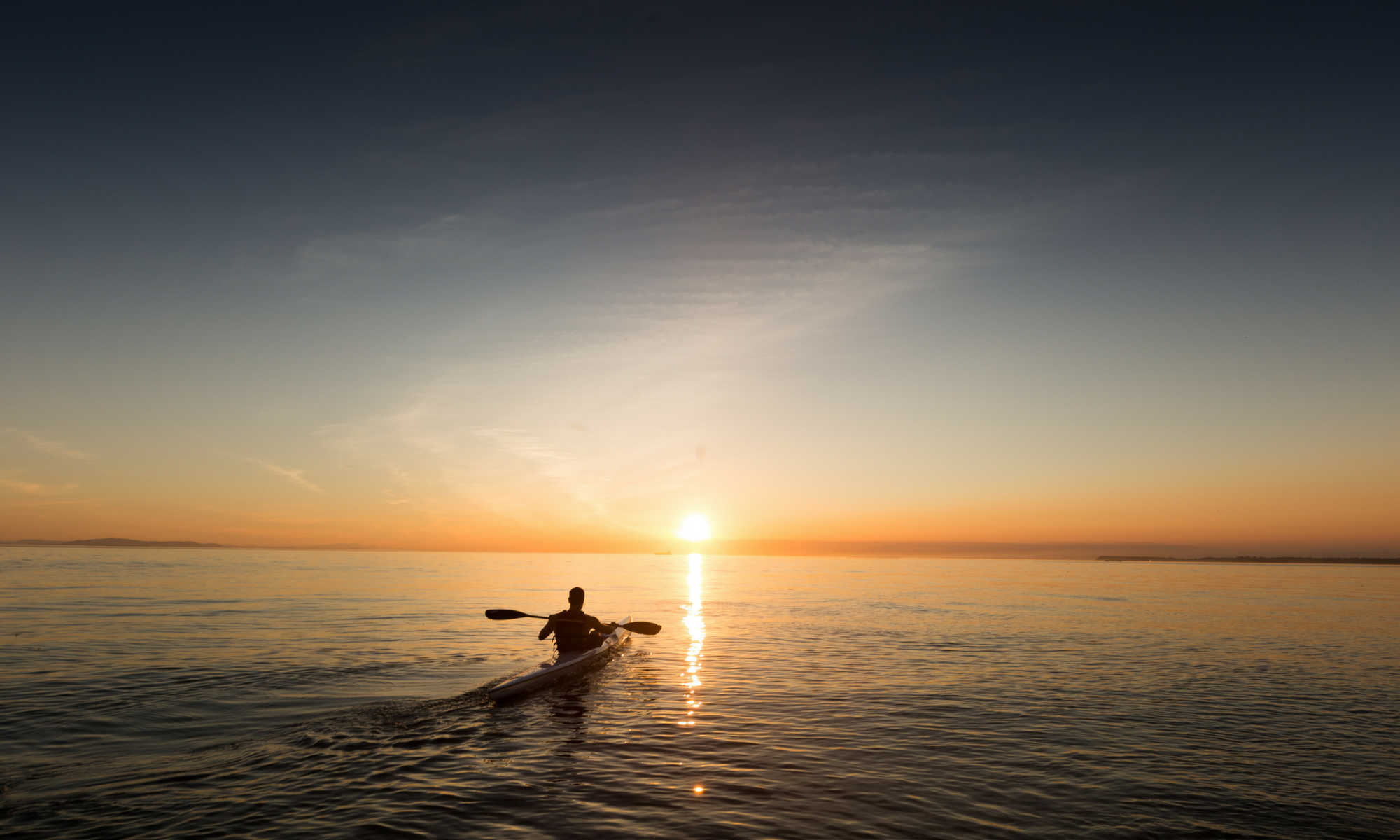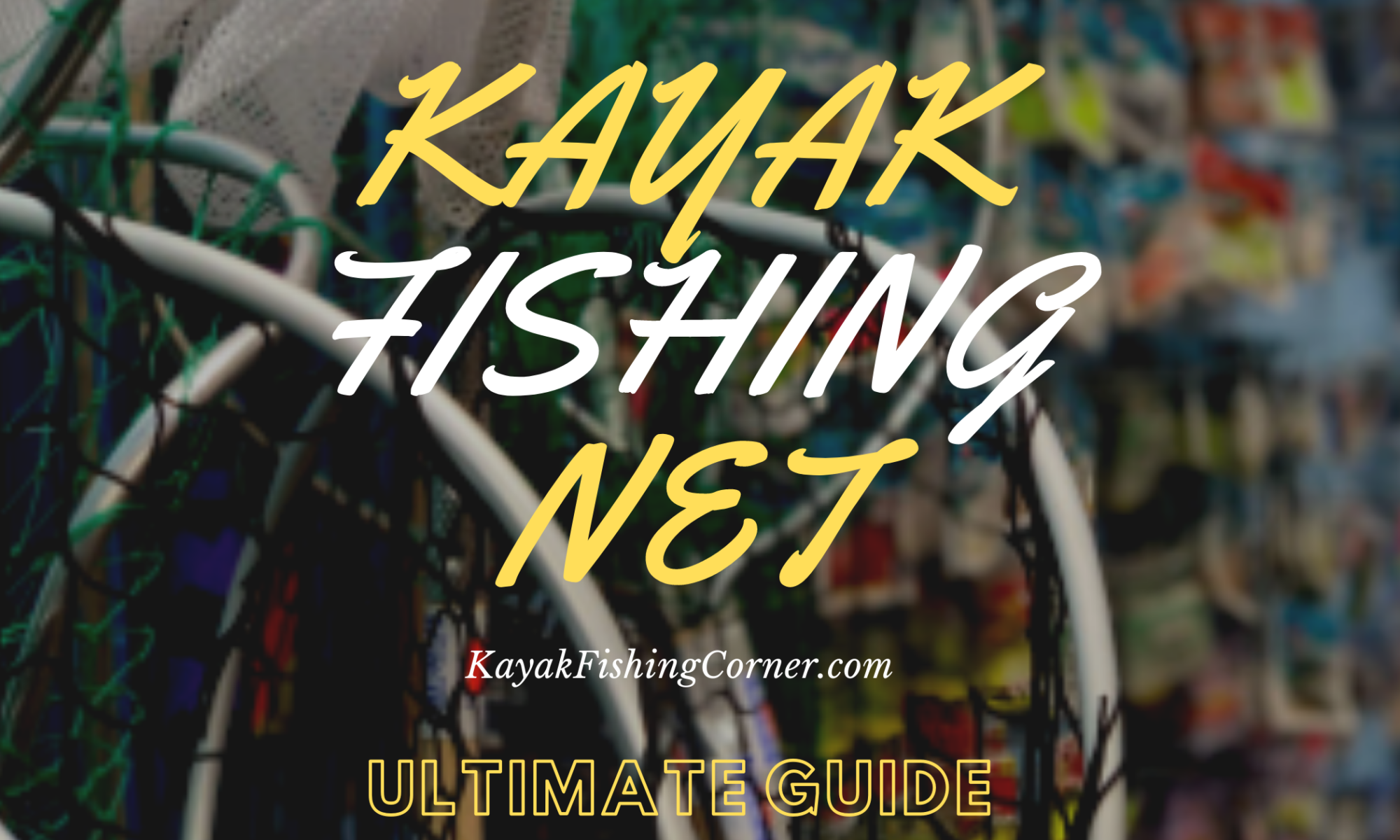Jump Ahead To:
KAYAK FISHING NET – INTRO
Only the dedicated fishermen know the pain of finding the right kayak fishing net and its level of importance in terms of helping them to become the most effective kayak fisherman possible!
Here’s an in-depth guide to help you pick out the best kayak fishing nets!!
Kayak Fishing Net – Overview:

Please note: This post contains affiliate links. An affiliate link means that we may earn advertising/referral fees if you make a purchase through our links.
A lot of people don’t know even the fundamentals of kayak fishing nets. Which is why I’ve put together this guide to educate you on the topic! For your own sake, I’ve divided the guide up into various sections. This will keep everything nice, organized and easy to follow!
The first section explains with what kayak fishing nets are and why you should consider one, regardless of your level of skill or experience on the water. Next, I’ve included a step-by-step guide on how to install and use kayak fishing nets!

After that, I’ve included all the important features you should look for when buying kayak fishing nets. Pay close attention here as you’ll learn about how the material and shape of the net impact your experience and, more importantly, the likelihood that you are able to “land” the big one!
Lastly, I’ve linked to my favorite kayak fishing net. This net improved my experience tenfold, and you’ll find that it will do the same for you too. I’ve also summarized my thoughts in the “My Experience” section in a bullet list.
Kayak Fishing Net – Basics:

Please Note: As an Amazon Associate, I earn from qualifying purchases.
Shortcut to the Best Kayak Fishing Net Review
A kayak fishing net is exactly what it sounds like – a net to help you bring in fish from your fishing kayak! So there can’t be much to know about it, right? WRONG! Well, for starters, you need to know which type of net you should buy!
For regular consumer use, there are two types: casting and handheld. Casting nets are larger and are designed to trap the fish in. These aren’t at all fish friendly. They tend to cut into the gills of the fish or the scales.
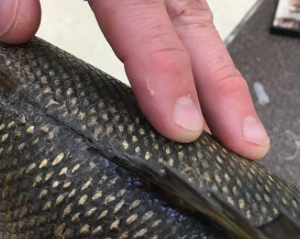
Handheld fishing nets are designed to be fish-friendly. And you play a more active role in catching the fish. These are the ones I’ve discussed extensively in this guide, but you can use casting nets on your kayak as well.
Moving forward, it’s also important to consider what type of mesh you want. The most common material used for meshes is nylon. Nylon is preferred for its resistance to practically everything. It’s lightweight (very important for your manuverability), can survive UV rays, and doesn’t get scratched or bitten into easily. It’s the most versatile and durable mesh.

But if you’re the type who likes to catch and then release the fish, which most readers of this site tend to be, then you should go for a softer material (like rubber, for example). It doesn’t scrape off the natural mucus layer over the fish’s gills and scales!
Side Note: If you are reading this post, you are looking to add some convenience to your kayak fishing outings. Why not consider whether an Electric Kayak could be a good fit for you? Or, if you prefer to traverse the water the old fashioned way, take a look at the Best Kayak Paddle for Fishing (and make sure you protect it with the Best Kayak Paddle Leash)!
How To Install And Use A Kayak Fishing Net:

Setting up and using a kayak fishing net is as simple as it sounds. Here is an easy to follow checklist that shows you how to set up your fishing net:
- Remove the net from the box.
- Your net may come retracted, folded, or separated.
- Retracted nets work like telescopes, where you simply need to pull the net out.
- Folded nets only require a small amount of effort to unfold the mesh.
- Nets that come in separate parts require you to fasten the handle to the mesh by using a Snap-On.
- Once set up, learn how to use the net.
- Without leaning too much to one side, make a swiping motion in the water.
- Dump any fish you catch into a bucket.
- Fish tend to pool up in crevices or irregularities in the rock, so don’t forgot to look there.
- Once you are done catching fish, be sure to let your net air dry.
- Air drying completely is very important to keep your net from becoming covered in mildew or mold!
Side Note: If you liked learning with this “how to” guide, you might also enjoy learning How to Use Kayak Outriggers, How to Use a Kayak Anchor Trolley, or How to Use a Kayak Paddle Holder!
Best Kayak Fishing Net – Important Features:

Handle Length:
First up, you need to consider the length of the handle. You want a handle length that’s both comfortable to use and does not break easily. Shorter handles, typically 25 to 30 inches long, are preferred for fishing on flat water. These handles won’t break when you catch a horde of fish, and their weight threshold is normally higher.
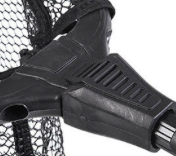
Longer handles, up to 50 inches in length, are recommended for fishing on running water. It helps you reach out further without leaning to one side of the kayak. Doing so runs the risk of your kayak capsizing.
Net Shape and Size:
Next, take a look at the size and shape of the net. The net size will be directly dependent on how big of a fish you want to catch. For catching the largest of fish, try looking for a net size as big as 40 to 45 inches. Consider a narrower net of at least 36 inches depth for slightly smaller fish (like catfish). If you are catching even smaller fish, such as bass and trout, consider buying a smaller net of 24 inches.
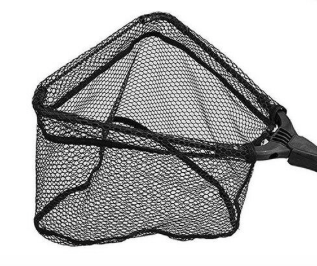
As for the shape of the net, that too depends on what you want to catch. There are a few types, such as the flat bottom, round bottom, octagonal, triangular, and square. Round bottom nets are better for shallow rivers and streams, and when you want to catch smaller fish.
For larger fish, consider a flat bottom net. They can also be used for merely inspecting the fish and releasing them. The flat bottom gives you a neat view of the fish before you release it back into the water.
Handle Material:
You want the handle of the fishing net to be highly sturdy and immune to breaking. This would mean a handle that it doesn’t bend very easily and maintains its form for longer.
Two materials have become very commonplace for net handles: aluminum and carbon fiber. Aluminum alloy handles are highly durable and lesser prone to bending. Plus, they are lightweight, lifting the pressure off from your wrists.
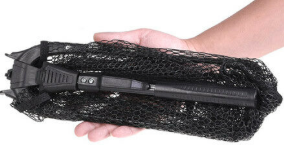
However, if you can afford it, a carbon fiber handle is even better. It is about 2 to 5 times stronger and more rigid than aluminum. And it’s lighter as well. Consider a carbon fiber handle if you plan on catching big and heavy fish (particularly if you expect them to flop around a lot once pulled from the water).
Other than that, there are some other lower-grade materials such as wood, graphite, and steel. Steel, in particular, is not a good choice as it’s not waterproof, and zinc or nickel coatings can very easily come off. Plus it’s heavier too.
Net Material:
For the nets, you want to look for a material that’s waterproof and bite-proof. Nylon is a great choice in this case. Nylon isn’t waterproof on its own, but a waterproof coating can more or less do the job. It’s strong and resilient and resists bites and scratches from flailing fish.
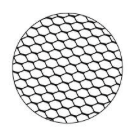
Nylon-coated mesh has also become popular in recent times. They give you all the benefits of nylon while keeping a sturdier core material. This type of mesh does not harm the catch’s gills or scales.
Lastly, rubber is another option, though it’s only recommended for catch-and-release kayak fishermen. It doesn’t hurt the fish much and can be stretched to a considerable degree.
Weight Capacity:
Finally, we look at the weight capacity. This directly ties in with the material and length of the handle, as well as those of the cord.
If you want to catch bigger fish, try going for a weight capacity of 25 to 40 pounds. Moderately sized catfish can very easily be caught in a net of this capacity.
Buy the Best Kayak Fishing Net:
If you ask me, the kayak fishing net that we’ve linked to above has always been my go-to for kayak fishing, and there’s a lot of reasons why! This is a highly durable and rigid kayak fishing net with a triangular flat bottom net and a 27 inch long handle.
The handle is made from a blend of carbon fiber and fiberglass. Both of these are extremely durable and not prone to bending. Carbon fiber, in particular, is a lot better than aluminum or wood.

The handle is about 27 inches long, an ideal length for fishing on the stream or flat bodies of water. I don’t recommend this for fishing in running water, especially white water. You’ll have to lean over to let it reach the water. You also get a comfortable EVA foam handhold at the very end (this is “easy” to grip and somewhat similar in feel to a Kayak Seat Pad).
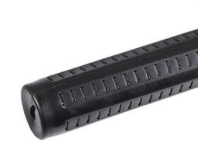
As for the mesh, it’s made from high-quality nylon that can resist water and odor. It’s been treated with a waterproof coating, which means it doesn’t absorb any fishy odor. The material not to be designed too harsh on the fish, especially its scales. However, I’m a bit skeptical of that, as nylon isn’t the most fish-friendly.
This is a good fishing net for kayaking in flat bodies of water, such as lakes and streams. It can be used to catch bass, trout, and catfish. I have most recently used it when fishing or sunfish and perch!

Carrying the net from place to place is convenient, as well, as the kayak fishing net collapses down to just 17 inches long and 4 inches wide. So you can take it with you wherever you go. This makes it a great choice for kayak fishing, given that you are already dealing with a relatively limited amount of space.
My Experience

When I used this particular Kayak Fishing Net, I found that it put up against the elements quite well. The water and salt did not damage the mesh, and the handle felt comfortable and rigid. I was able to quickly maneuver it from side to side depending upon which side of the kayak I was reeling the fish from!
The handle was quite short, which is why I don’t recommend it for use on running water (though this is one of the reasons it is good for kayak fishing on lakes and ponds). It collapses down for easy transportation. I still find it hard to fit into my bag, as the pole is not retractable, but it takes up far less space than most of my other kayak fishing gear!

To summarize everything, here’s what I think of this particular kayak fishing net and why I think it would be a good fit for most kayak fishermen, regardless of their level of skill or experience:
Pros
- Folds down for portability (easily stored).
- Resist water absorption and fishy odor (you know the smell I’m talking about).
- The comfortable grip on the handle.
- Great for fishing on streams and lakes (so long as slow moving water).
- Good for catching trout, bass, and catfish (perch and sunfish as well).
- Hard and inflexible handle.
Cons
- The handle is non-telescopic (which can be a “pro”, depending on what you are desiring from your net).
Conclusion:

And that brings the kayak fishing net guide to an end! I hope that now you know how to install, use, and select the best kind of kayak fishing net for your particular kayak fishing style!
For me, the net that we have showcased for your earlier in this post did the trick. It’s durable, lightweight, and best for use on lakes and streams. I still wouldn’t recommend it for whitewater as it’s quite small.
But it’s a great find, especially for its portability, which is one of the number one criteria for kayak fishermen!
Comments

How do you bring the fish aboard after you have reeled them all the way to the edge of your kayak? Have you ever tried a kayak fishing net? Perhaps you have a favorite model or have even had personal experience with the model we showcase in this thread?
Be sure to share with us by posting on the Comments board below. We read and reply to every comment and love interacting with the kayak fishing community!
